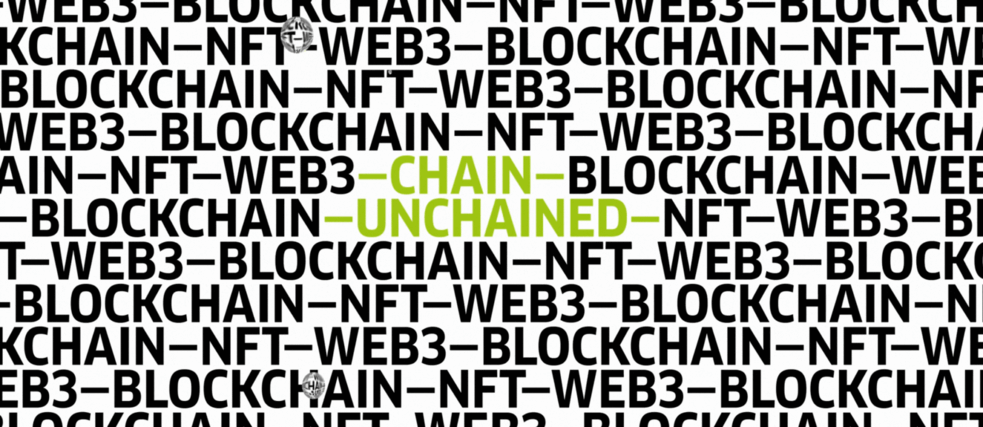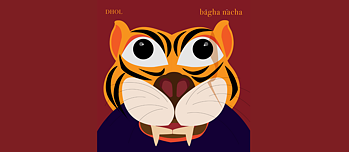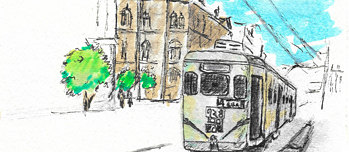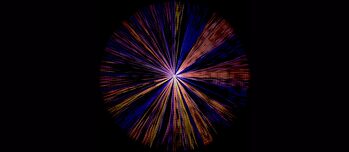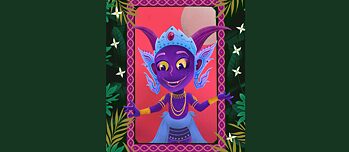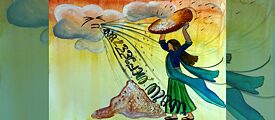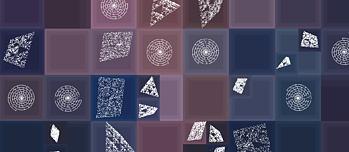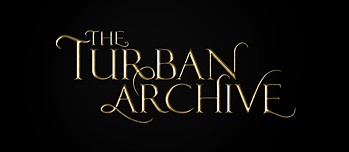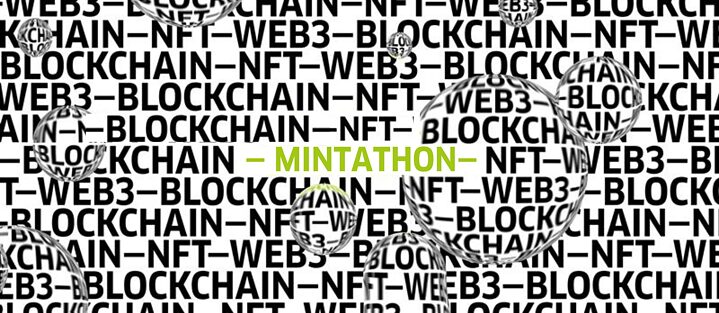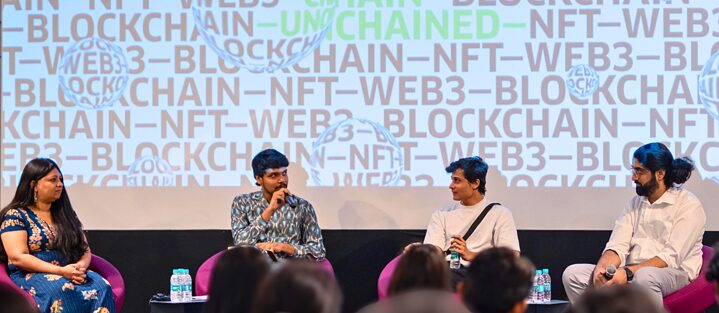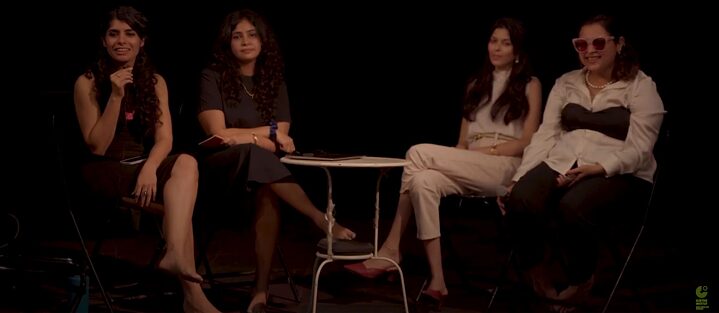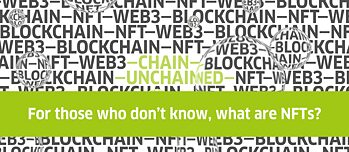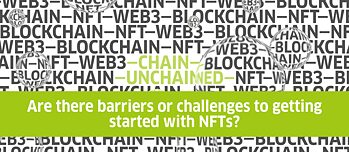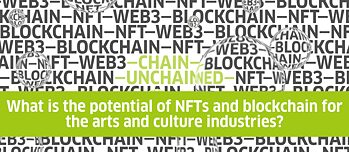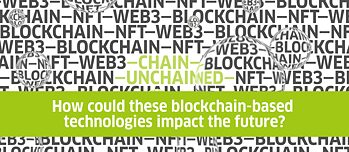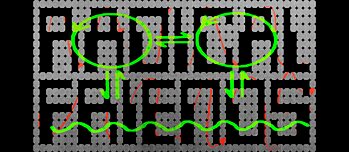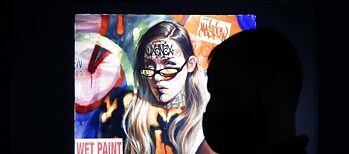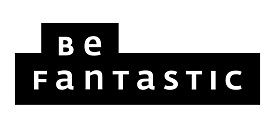Past Events
Artists and cultural practitioners have always adopted new technologies to further their own practices and add new dimensions to the general socio-political cultural discourse. One of the newest technologies which have made their mark on the cultural sector are - Blockchain and NFTs. Like their predecessors, these technologies need to assess differences in the cultural field in terms of their significance and adaptability. On the one hand, renowned galleries are opening branches on platforms such as Decentraland and exhibiting crypto artists. NFTs are present in major exhibitions, renowned museums are starting to build their NFT collections. Practitioners in the fashion and gaming industry are inventing new distribution models for their artworks based on smart contracts. Artist collectives are defining models of revenue sharing via blockchain and developing new forms of creative collaboration.
On the other hand, spectacular records for NFTs at auctions at Sothebys and turnover records on NFT platforms such as OpenSea and NiftyGateway were raising the question if crypto art is, in the best case, a speculative hype that will soon dissipate; or worse, an expression of extreme capitalism that took over the art world. Promising future or temporary hype, this question seems undecided at the moment. However, what is clear is that NFTs have found their space in culture and it is important to understand the nuances of the technology to in order to maximise its potential.
In workshops, expert talks, network meetings and co-creation formats organised in different cities in India - we invite practitioners from several fields to critically examine the phenomenon of crypto and NFTs and their relevance for culture and creative industries. What challenges and opportunities does this format offer? In what way are web3 applications changing aesthetical practices, ways of collaborating and distribution models? Who has the resources and knowledge to access these formats, and who is yet excluded?
Chain Unchained addresses the myths around web3 and NFTs for a clearer view on the risks and opportunities that come with it.
